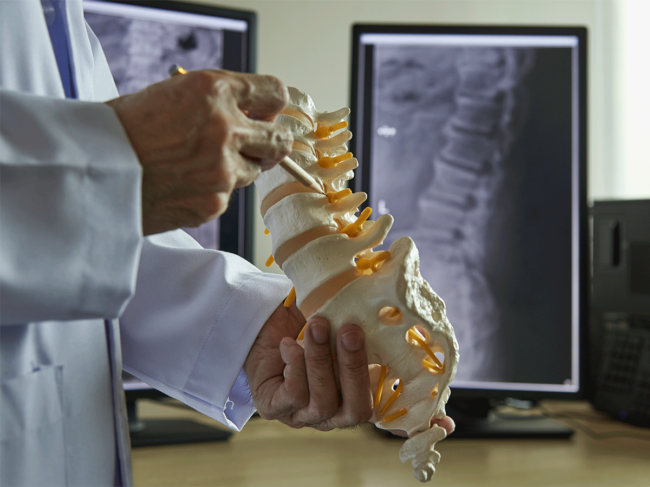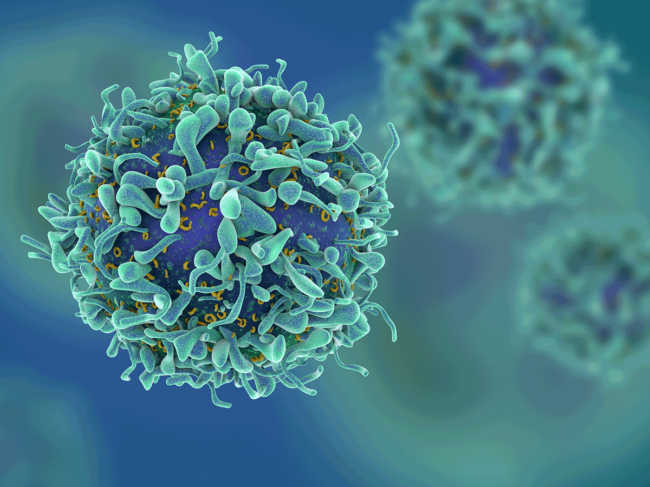
Items Tagged with 'spinal cord injury'
ARTICLES
Neurology/psychiatric
Anti-CD3 antibody improves motor function in model of spinal cord injury
Read MoreNeurology/psychiatric
SYT4 expression is needed for axonal regeneration after spinal cord injury
Read MoreNeurology/psychiatric




